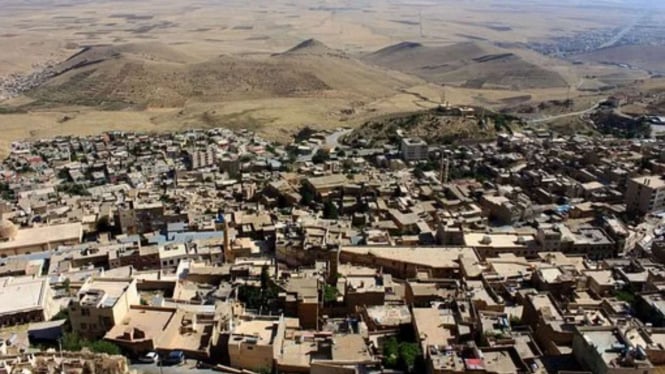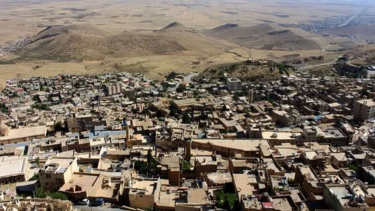- pixabay
VIVA – The puzzle of evidence-discovery in recent decades shows that the Sumerians, previously known as the world's oldest civilization, had several competitors, including ancient Egypt.
Around 4000 BC, the early phase of Sumerian culture emerged as the oldest civilization in the Mesopotamian region, now known as Iraq.
As quoted from the Livescience website on Wednesday, September 14, 2022, the Sumerians were located a few miles south of the modern city of Kut, in Eastern Iraq.
Archaeologists refer to the earliest Sumerian phase as the Uruk period, after the equally ancient city of Uruk about 50 miles or about 80 kilometers to the southwest. Many of the oldest Sumerian artifacts were found.
The definition of what constitutes a civilization is unclear, but in general, a culture must achieve several advantages, especially urbanism which includes, cities, irrigation, and writing.
Of these three aspects, the Sumerians had all three. After about 2000 BC, the Sumerian civilization led directly to the Babylonian civilization in Mesopotamia, namely the discovery of mathematical truths such as trigonometry and prime numbers, the quadratic and cube concepts which were further developed by the ancient Greeks more than 1,000 years later.
Teks Sumeria kuno.
- U-Report
According to American historian Samuel Noah Kramer, the Sumerians may also have discovered religion by building towering temples called ziggurats in their cities and establishing castes of priests devoted to the ritual worship of certain gods.
The most powerful deity in the Sumerian Pantheon was the God of Heaven, God of Storms, and the Goddess of Fertility in Uruk.
A story similar to the story of Nuh in the Hebrew Bible, who built an ark filled with animals to preserve his family during a great flood caused by divine wrath, is related to the Epic of Gilgamesh. Archaeologists think it was originally a Sumerian story from around 2150 BC or centuries before the Hebrew version was written.
Some specialists argue that other civilizations may be as old or even older than the Sumerian civilization.
“I would say that Egypt and Sumer were fundamentally contemporary in their appearance,” The associate curator and collection custodian in the Babylonian section of the Penn Museum, Phillip Jones said.
Another puzzle discovery was the Indus Valley civilization that comes up in Afghanistan, Pakistan, and northwestern India, and dates to at least 3300 BC. According to the earliest artifacts found there.
"We may find items very early in the Indus Valley. It wouldn't surprise me if we dug into something similar early on." Phillip Jones remarked.
Jones suspects that early trade along the shores of the Indian Ocean helped these earliest civilizations, Egypt beside the Red Sea, Sumer at the northern tip of the Persian Gulf, and the Indus Valley civilization further east and developing from the pre-civilized people who lived there before them by bringing them resources and ideas from further afield.





















